Stay agile while keeping your inventory at optimal levels, even with changing demand and supply conditions. Use Shape to avoid excess inventory and minimize costly out-of-stocks.

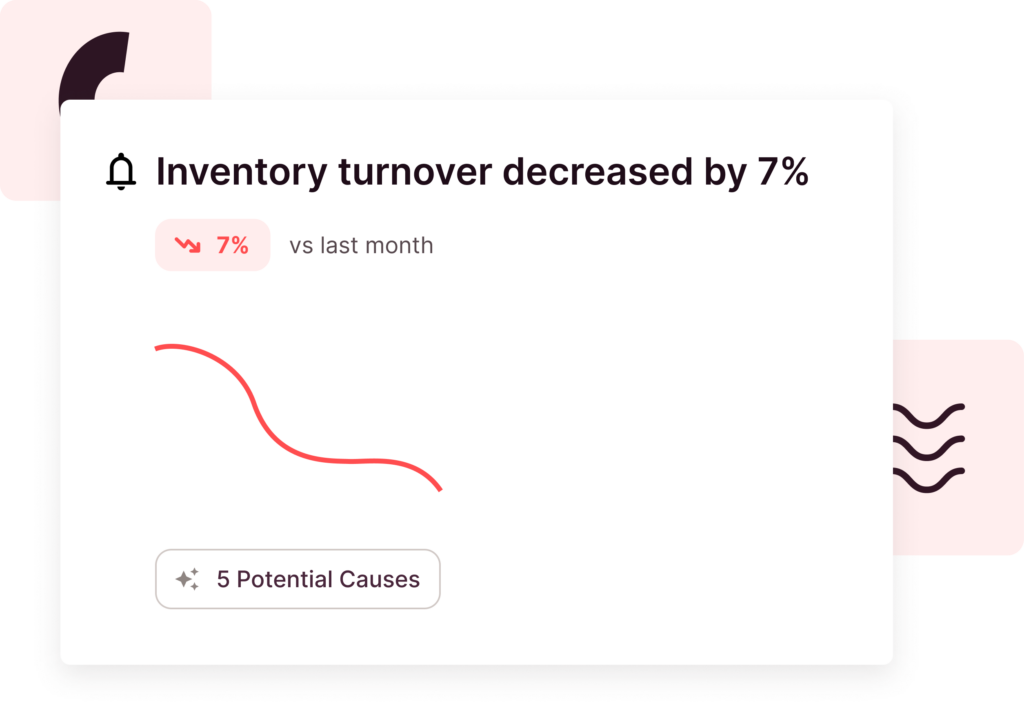
Shape’s engine continuously scans for anomalies in your data, swiftly identifying opportunities and risks, enabling you to take timely, informed actions in your business operations.
Discover insights and test hypotheses using Shape’s natural language interface, designed to let you blend undocumented knowledge and ad hoc assumptions with your structured supply chain data. Use it to engage in “what-if” analysis to rapidly assess outcomes and scenarios.
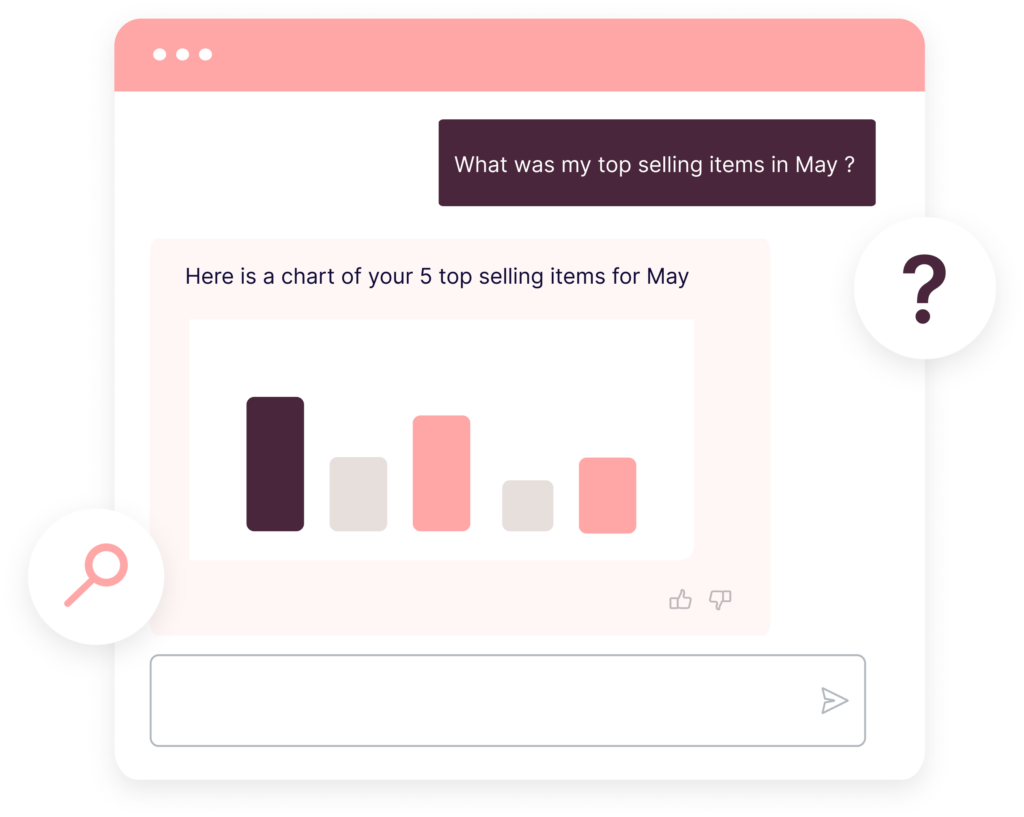
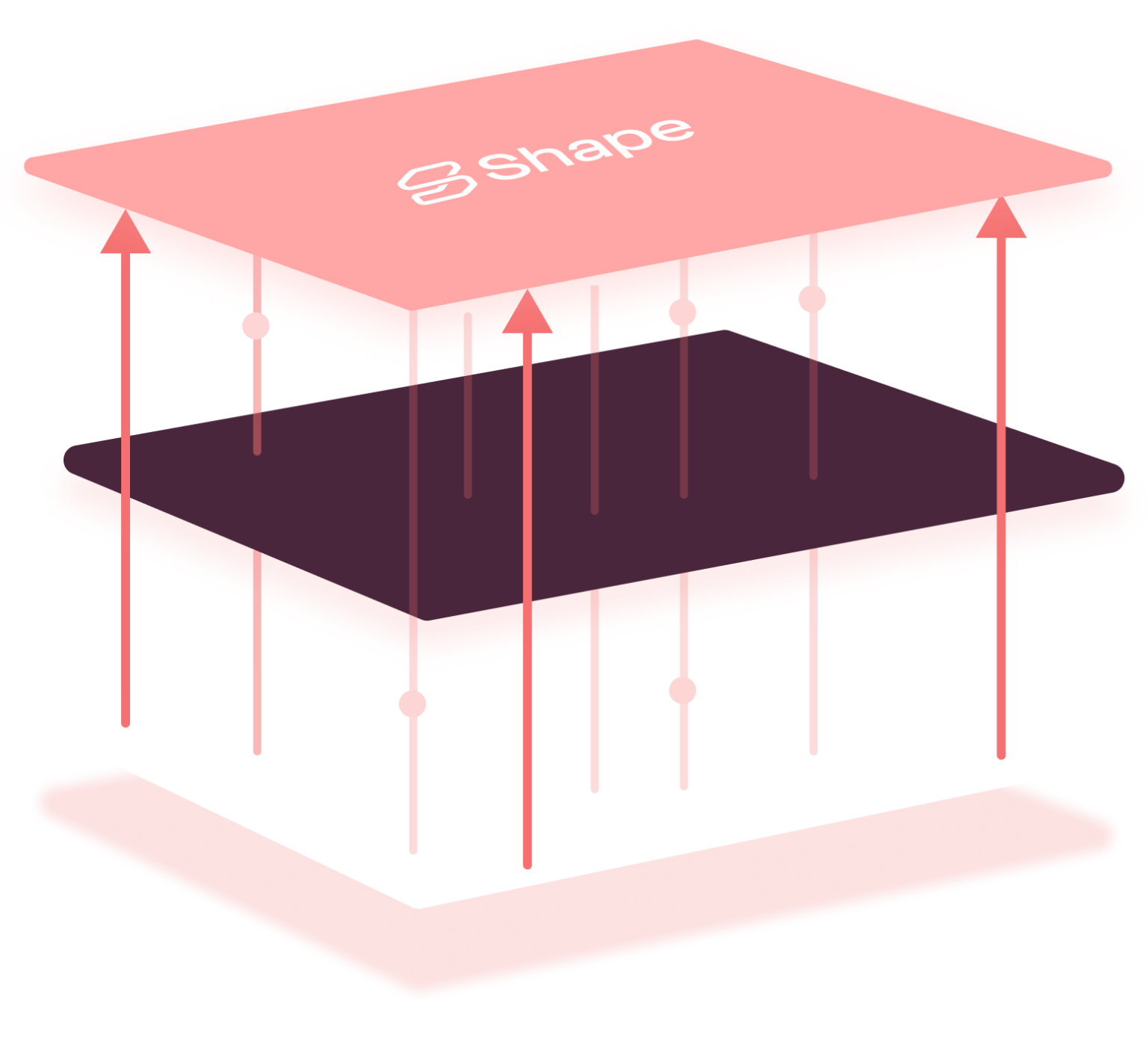
Shape’s proprietary semantic layer mapping technology streamlines the onboarding and integration process, reducing setup time from weeks to just hours, bypassing the complex manual configuration typically required by intricate legacy tools.
Utilize Shape’s calculation breakdown to meticulously track the exact data sources and methodologies applied in your analyses. This clarity allows you to quickly detect and resolve any data inconsistencies or gaps, facilitating accurate and dependable decision-making.
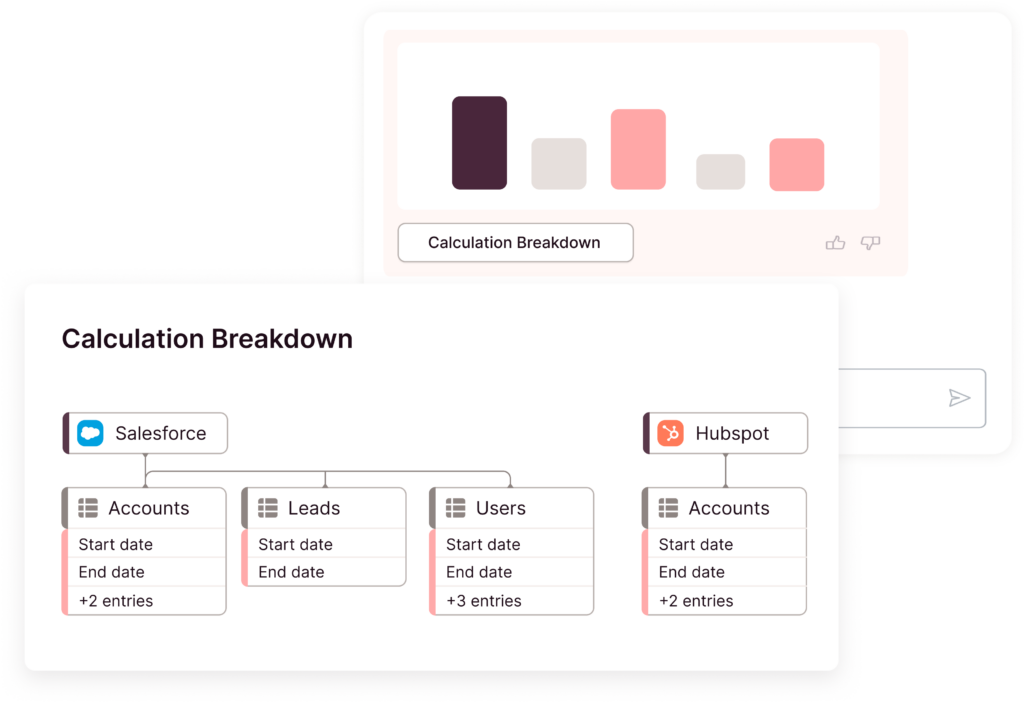
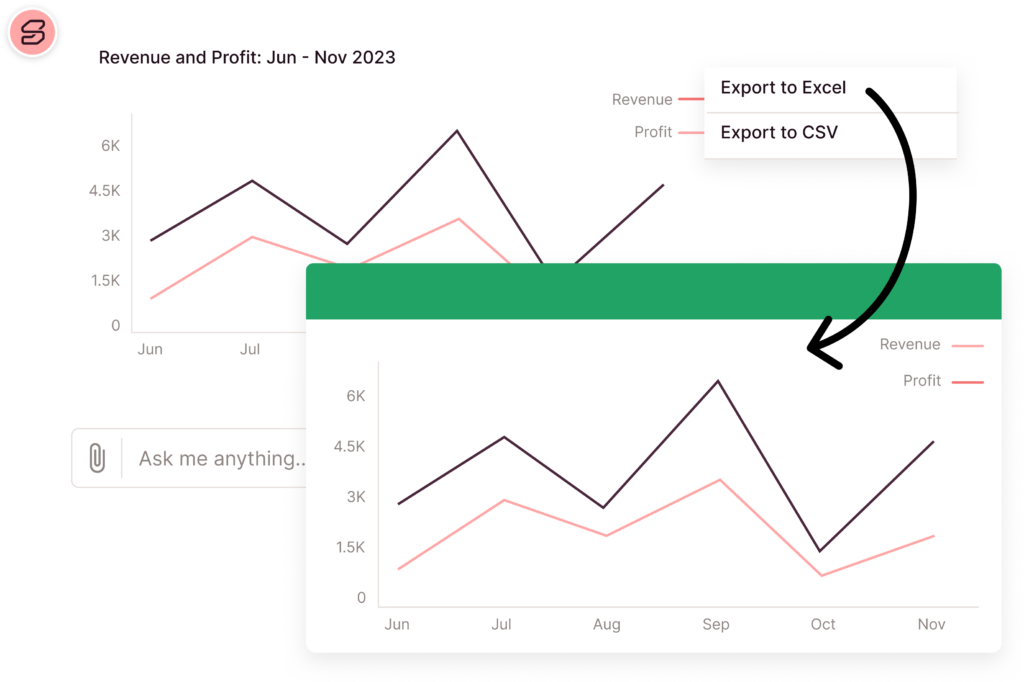
Seamlessly export comprehensive data and analytical insights from Shape into Excel, enabling you to delve into the details where you’re most comfortable.
The accuracy of Shape significantly improves with the integration of additional data. As you input more information, Shape becomes increasingly precise.
Easily connects to all of your existing tools, using SAML SSO.
Can connect to more than one system from each category for rich results.







and more…
Not at all. Shape integrates to your data systems and/or data warehouse with a read-only API access, so no need for any data preparation whatsoever.
Yes. Shape access all of your desired data systems, even if you have multiple systems of the same entity. We map it to our unique semantic layer to allow coherent and complex inquiries and insights.
We realize the pain companies are experiencing with their data systems’ implementation. This is why we had designed Shape to be almost seamless to integrate with 2 simple steps, and you’re good to go:
1. You allow Shape to access relevant data by creating a read-only user and designate where relevant data resides. We will take it from there and use the systems’ API to map the data.
2. We conduct a few hours’ session to align on your main KPIs and your specific way of implementing them.